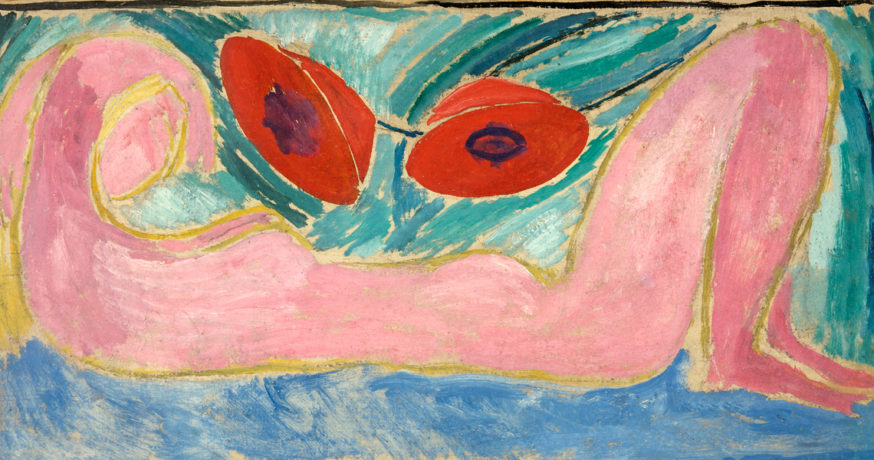
Walter Sickert was a pioneer in terms of British art, bringing his version of Impressionism to London. At this time there was much resistance towards the new styles and subjects of painting emerging from Paris, with the exception of more open-minded artists and intellectuals, including a group of forward-thinking people who were embracing these new developments in art. When Walter Sickert was inspiring London artists and encouraging the Camden Town Group to paint real life in working-class London, the Bloomsbury Group who were pushing the envelope in terms of what was acceptable in British art. Among their number was Roger Fry, an artist and connoisseur who coined the term French Post-Impressionism when he organised two enormously influential exhibitions in London.

Roger Fry’s exhibitions included work by artists such as Manet, Matisse, Gauguin and Picasso. Vanessa Bell was inspired by these artists. She believed this new art came from ‘the self’ rather than being what people were told to paint.

The impact of Fry’s exhibitions can clearly be seen in Bell’s work which become less formal and more abstract. There’s less realism – these paintings are more about how they make you feel, rather than what they show you.


During the Second World War, some of the members of the Bloomsbury Group moved to the countryside near the coast in the south of England where they lived in an old farmhouse called Charleston. While they were there they were employed to paint murals on the interior walls of a local church.

This leads us to the next artist, Stanley Spencer. There’s a double connection here: Spencer’s work featured in Roger Fry’s Post Impressionist exhibitions and he is known for his church murals at Sandham Memorial Chapel in Burghclere.








